Another workshop insulation question
Advice and comments please
| Roderick Jenkins | 18/09/2018 19:49:42 |
2376 forum posts 800 photos | We have just moved to sunny Christchurch in Dorset. The new workshop is considerably bigger than my last home, being 5m x 5m. The plan is to replace the up and over door with a 2/3 1/3 side hinged door.. The walls are single skin, mostly concrete block but with a brick front, semi detached on one side - all painted now. Reading the various threads on the forum have led me to plan to batten the walls and infill with 25 mm polystyrene, then use a polythene vapour barrier and line out with OSB painted white. I'm less clear on what to do with the ceiling. I'm currently inclined to go with Celotex (or similar) fastened to the rafters (thus making use of the reflective surface to enhance lighting). I understand that It would be a good idea to ventilate the area between the Celotex and the roof boards - how would I go about this? Any other comments on the scheme would be most welcome. Cheers, Rod |
| Bazyle | 18/09/2018 20:28:49 |
6956 forum posts 229 photos | 1 inch of insulation isn't nearly enough. Minimum of 4 and I'd prefer 6in. Then you can happily heat 24/7. The underside of the roof shouldn't need ventilation provided your vapour barrier works. I suggest having a close look at he floor to make sure it is on a dpc and think about boarding it out for a bit of insulation. |
| JasonB | 18/09/2018 20:36:57 |
25215 forum posts 3105 photos 1 articles | For the walls I would try and go for 50mm Celotex/Kingspan rather than 25mm, not much more costwise and will take the same effort to fit but will keep you a lot warmer. If you can get the formwork OSB with one smooth surface that paints up better and does not collect the dust. For the ceiling I would go 50mm Celotex/kingspan between rafters which will leave you a 50mm airgap above. Then 25mm Celotex under the rafters so the whole area is covered, Ali tape on the joints and that with the foil face will give you your vapour barrier. I'd probably ply over that too which I what I have on mine. |
| Clive Foster | 18/09/2018 20:59:03 |
| 3630 forum posts 128 photos | Much as I hate using the stuff hafta say that glass fibre over OSB boarding is probably the easiest effective way to insulate under the roof. Unless the roof edges are carried right round and sealed against the walls there will be sufficient gap for ventilation. Same with side walls. If the structure is breeze block, thermalite or similar the walls will have a reasonable degree of natural insulation properties so a couple of inches of insulation will be fine. Agree 1 inch is a bit thin unless you go for one of the "super-blanket" types. Personally I'd avoid so called "vapour barriers" like the plague. Proper application in any random set-up is much harder than it appears. Its very easy to trap moisture the wrong side. Four coats of brilliant white emulsion on OSB makes a nice bright wall or ceiling. But don't forget to properly seal the cut edges with a couple or three coats of paint before putting up to guard against creeping moisture. I mixed up all the saved half and quarter tins lying around. Totally revolting colour and took a while to go off but boards are sealed. Clive. |
| Martin Lowe | 18/09/2018 21:04:14 |
| 14 forum posts | For insulation material, look on the Secondsandco website (https://www.secondsandco.co.uk) and give them a ring. They sell seconds and overstock Kingspan and the like for much less than other places. I've bought from them twice - once for my original workshop and then for an extension - both times they were excellent prices and very helpful delivery drivers. I agree with Jason about using ply rather than OSB, much better finish and much easier to drive screws into when fitting shelves. Hope this helps Martin |
| Martin 100 | 18/09/2018 21:17:54 |
| 287 forum posts 6 photos | Decide if you want to be able nip out for an hour or two 'whenever' and at any time of year, do some work in normal clothes rather than multiple layers of thermals and then come back inside when you choose, not when you freeze / melt. Decide how much time/money/effort you want to spend on 'heating' No time/money/effort is often the best. Do you prefer to be sweating all through a hot summer with a fan trying to cool the place down? Do you prefer to be a gross polluter for the rest of the year with a woodburner affecting the health of everyone in the vicinity? Some fit resistive heaters or incandescent lamps to every bit of machinery to stop them rusting when getting the insulation and ventilation right fixes the problem 'forever' with no ongoing energy usage. But some people always go for really cheap nasty 'fixes' rather than properly addressing the fundamental issues. Proper insulation is expensive but needs buying and fitting just once. Do it right and occupancy heat, maybe topped up with that from a freezer can easily be enough to keep the place comfortable all year round. If you can only afford 25mm of polystyrene on the walls then don't bother, wait until you can afford at least 75mm and preferably 100mm or more of PIR While PIR is supposed to be 'safe' and class O, bare PIR on the roof is not a good idea if you have any intention of having a naked flame in the workshop. Trying to justify leaving it bare to enhance lighting is daft. Put some more lights in instead, preferably ones that direct the light downwards, they are really cheap. The floor will also loose lots of heat, cold feet can be fixed with insulation in the structure too |
| not done it yet | 18/09/2018 21:37:01 |
| 7517 forum posts 20 photos | Semi-detached to another garage? If so, that connecting wall might allow a little less insulation. I would go with 100mm of polyurethane foam with stout timber battens between the sheets (to allow for shelf fixings etc). Ideally needs a fire resistant covering. Non-flam rock wool or glass fibre would need rather more thickness than the foam sheets for tequivalent insulation. The roof would need ventilation, IMO. Any condensation remaining in any of those spaces would be bad news. I’ve gone for no windows - not that they were there in the first place - and rely on lighting. The costs are less, compared with heating and there is less heat loss. Solar panels supply leccy for lighting in the summer months and there is not a lot of difference in the winter, as lighting is needed anyway. My workshop is only vented when I choose. That way, it is kept dry (and a little warmer) by a desiccant dehumidifier in the winter months. At 5 x 5m you may have the option of separating your machines from bench grinders, etc - which might reduce the heating costs. If connected to your house, an extra radiator from the central heating system would be good, and thoughts on heating costs, now rather than later, might be a good move. I would stick to leccy heating, unless a balanced flue gas heater was possible... It looks like a good sized workshop. Arrange for storage elsewhere, before if gets cluttered. |
| geoff adams | 19/09/2018 06:17:40 |
| 214 forum posts 207 photos | sent you a pm Geoff |
| Bazyle | 19/09/2018 09:32:17 |
6956 forum posts 229 photos | If it is attached to the house you should use 2 layers of plasterboard for fire regulations I think. Humans sweat up to 6 pints per day. Your dehumidifier needs to handle that. A full 11in cavity wall is equivalent to just 1 in of expanded polystyrene which is the highest insulator next to that space shuttle covering. Celotex etc is about 90% as good, rockwool about 75%, a single brick 4in wall does little more than stop the wind as it has to absorb a lot of heat before it even starts providing insulation. |
| Ian B. | 19/09/2018 10:08:40 |
| 171 forum posts 5 photos | Goodness me. I am in a similar position to Roderick, i.e at the point of getting the workshop up and running again. I now have so much contradictory information from the "experts" and amateurs alike, I am wondering why I bothered in the first place. This has not been cleared at all by the posts above, in fact it has worsened. My own position is that I am having a new sectional wooden building erected on the 9th of October. It is 12 x 10 has 3/4" cladding and flooring, will reside on a slab base sitting on 3 x 3 bearers. All framing is 3 x 2 and is lined throughout with double skinned paper/bitumen lining. My plan was to fit 50mm Celotex/Kingspan throughout and cover walls with ply, with paper and ply floor covering. Now I am so confused as to what to do, I probably won't even bother with the insulation, still air has a pretty good Q (reference Raynor Joel--- Applied Thermodynamics) and fit a heavily polluting wood burner to be comfortable. So is there a reasonable solution? I have all the scare stories about the structure of the building rotting from the inside because the insulation is not working properly, I have the stories about "I can heat my workshop in the dead of winter with a 100watt light bulb" and so on. Yet no one anywhere gives a consistent story. None of which can actually be backed up by the mathematics, it is merely contradictory opinion. Right those of us insulating our workshops:--- Vapour barriers? Do we have to space the insulation board off the lining? If so by how much? Justification? Err how do we get avpour barrier gap with rockwool or glass fibre? etc. etc. Insulation thickness? How thick? Most factories under the Factories Act had to be 17 deg at entry time and rise to 20 deg during the first hour of work. (in its simplest form) At 20deg (been there done that) if doing any real work in a real factory it could be too warm even in a very draughty winters. Insulation for our workshops is a very expensive business to get wrong by bad advice. even the professionals have no real answers, only contradiction. I think there are many real questions to be answered for the numbers of us in this position. regards Ian.
|
| Buffer | 19/09/2018 11:15:11 |
| 430 forum posts 171 photos | Ian My workshop is brick and timber 5m x 2.5m with no permanent heating. I put 100mm of Celotex under the concrete floor and 70mm on the brick walls. The walls were then lined with 1/2" ply. The ceiling has loft type rollled insulation blanket from Wickes. I haven't worried at all about all the thermal bridging, vapour barriers and all the other stuff you hear. It is a nice cool temp in the heat of summer and cold in winter (as it had no heating). I bought a Firefly 2Kw 3 bar quartz electric outdoor patio heater and stuck it on the wall over the bench. When I go into the workshop I get instant heat on me and in only a few minutes I am turning the bars down to just 1 and then it stays quite comfortable in there. I have tried 2kw fan heaters and I think they are useless as they take an age to feel any noticeable difference. If you get one or two of these quartz heaters you really will feel the benefit instantly. I never had any damp problems but I now also run a small Ebac dehumidifier over the winter on a permanent drain and I have never had any damp, condensation rust or any problems at all. I personally would not get a wood burner unless you are lucky enough to spend the day in there because of the time it will take to get going etc. Hope this has been of some help. Rich |
| Clive Foster | 19/09/2018 11:19:44 |
| 3630 forum posts 128 photos | Ian Don't overthink it. Anything half decent will work pretty well. In my career as a scientist / R&D engineer working mostly to cover the gap between "sprawls all over the lab" to "field testable version so we can sort the design rules" this sort of discussion tends to focus on the edge cases which generally have little effect in practice. Mine is 4" fibreglass in the walls which are OSB both sides with shiplap outside cladding, 4" fibreglass between OSB ceiling and standard flooring board loft floor finally 2" polystyrene sheet under steel sheet roof. Household standard double glaze windows and doors. It works. Essentially no continuous heating needed in main workshop until down to below 3°C or so ambient but maybe an hour or so when starting knock the chill off once below 10°C or so. How long depends on what I'm doing. 8 ft by 8 ft office section has a thermostatic oil radiator to hold 20°C. Never on full time even below 0°C. Bottom line is maximum inside to outside temperature difference will be around 25°C so thermal energy transfer won't be great anyway. Whats important is to avoid direct conduction over continuous surfaces and, especially, convective scrubbing. Standard building insulation heat transfer maths didn't work any sense back when I was a Thermal Imaging, Target Detection and Camouflage specialist. Nothing I've seen since suggest its go any better when in comes to real world situations. Quoted figures for various materials seem intended more to confuse than enlighten which really doesn't help. My thermal camouflage work suggested that breaks between layers are much more important than conventional insulation theory allows. Hence three breaks in my walls. OSB to fibreglass to OSB to timber cladding. Convection control is also important. Hence insulation under the roof and under the loft floor which seriously reduces the thermal gradient driving convection. Similar break & space strategy was shown to work pretty well at reducing thermal signature of a just parked up Chieftain tank. Clive. |
| Journeyman | 19/09/2018 11:43:28 |
1257 forum posts 264 photos | Can't do the maths for you Ian, but can say from experience that insulation works! This is my workshop:- I built it from scratch over 35years ago, it is still standing and the routine maintenance includes re-roofing 3 times and regular coats of timber treatment on the outside. It is plain timber with no vapour barrier or other lining. The walls have 2" rockwool insulation and the roof has 4" rockwool, heating by a wall mounted 1kw thermostatically controlled fan heater. which doesn't run very often. The inner walls and roof are lined with printed hardboard sheets to hold the insulation in place (with hindsight thick ply would have been better) There are a couple of high level ventilation grilles that I open in the summer. The windows are a couple of second-hand double glazed units. No rust, although I keep the machinery oiled, warm in winter and cool in summer (except this year when it got up to about 35C) More info *** HERE *** if interested. Edit: Add photo Edited By Journeyman on 19/09/2018 11:52:55 |
| JasonB | 19/09/2018 12:06:41 |
25215 forum posts 3105 photos 1 articles | Posted by Bazyle on 19/09/2018 09:32:17:
A full 11in cavity wall is equivalent to just 1 in of expanded polystyrene which is the highest insulator next to that space shuttle covering. Celotex etc is about 90% as good, rockwool about 75%, a single brick 4in wall does little more than stop the wind as it has to absorb a lot of heat before it even starts providing insulation. Are you sure about those percentages, I thought PIR (Celotex, Kingspan etc) was about 40% more efficient then EPS (expanded poly) for the same given thickness. PIR thernal conductivity is 0.022W/m.K and EPS between 0.029 to 0.038W/m.K That makes PIR upto 40% more efficient than EPS in my book Edited By JasonB on 19/09/2018 12:13:53 |
| Swarf, Mostly! | 19/09/2018 12:49:29 |
| 753 forum posts 80 photos | Plus one for: 'For insulation material, look on the Secondsandco website (https://www.secondsandco.co.uk) '. Best regards, Swarf, Mostly! |
| Martin 100 | 19/09/2018 13:31:12 |
| 287 forum posts 6 photos | Posted by Bazyle on 19/09/2018 09:32:17:
If it is attached to the house you should use 2 layers of plasterboard for fire regulations I think. Humans sweat up to 6 pints per day. Your dehumidifier needs to handle that. A full 11in cavity wall is equivalent to just 1 in of expanded polystyrene which is the highest insulator next to that space shuttle covering. Celotex etc is about 90% as good, rockwool about 75%, a single brick 4in wall does little more than stop the wind as it has to absorb a lot of heat before it even starts providing insulation. No, the exact opposite Lower is better |
| Georgineer | 19/09/2018 14:29:16 |
| 652 forum posts 33 photos | By the time I've installed all the recommended thicknesses of insulation and the gaps between, on walls, floor and roof, there won't be space enough to get into my workshop and stand up. George |
| Ian B. | 19/09/2018 14:35:37 |
| 171 forum posts 5 photos | Thanks guys, in particular Richard, Clive and Journeyman. That all gives me and I am sure others some real practical ideas to work with. I have a small 2KW fan heater plus a surplus " fire effect" electric heater of some 2KW which can be used to top up as necessary. My biggest worry really was the horror stories of wooden buildings rotting from the inside because of condensation. Allegedly because the modern foil covered insulation boards had generated/collected huge amounts of the stuff because they were directly against the cladding or the lining to the cladding. Adding an even air gap for the insulation to butt against using say strip wood 3/4 x 1/2 in each space between frame parts adds an enormous cost to the job,(financial and time) even standard 1 x 1 (cheaper than the strip wood strangely). When totted up, many yards of the stuff are needed to frame each space. Then of course it really needs some form of treatment I would have thought. Thanks again Regards Ian. Edited By The Oily Rag on 19/09/2018 14:38:36 |
| Neil Wyatt | 19/09/2018 16:15:18 |
19226 forum posts 749 photos 86 articles | Posted by Roderick Jenkins on 18/09/2018 19:49:42:
We have just moved to sunny Christchurch in Dorset. The new workshop is considerably bigger than my last home, being 5m x 5m. You used to live in a bedsit?
Neil |
| Buffer | 19/09/2018 17:30:50 |
| 430 forum posts 171 photos | Ian I don't know what your budget is but for this sort of thing I use roof batten from a roofing supplies company. The last lot I got was 2" x 1" x 3.6m @ 45p a metre and its already treated. I think the blue stuff is cheaper than the red. Smaller sections are available for even less. Regards Rich
|
Please login to post a reply.
Want the latest issue of Model Engineer or Model Engineers' Workshop? Use our magazine locator links to find your nearest stockist!
Sign up to our newsletter and get a free digital issue.
You can unsubscribe at anytime. View our privacy policy at www.mortons.co.uk/privacy
- hemingway ball turner
04/07/2025 14:40:26 - *Oct 2023: FORUM MIGRATION TIMELINE*
05/10/2023 07:57:11 - Making ER11 collet chuck
05/10/2023 07:56:24 - What did you do today? 2023
05/10/2023 07:25:01 - Orrery
05/10/2023 06:00:41 - Wera hand-tools
05/10/2023 05:47:07 - New member
05/10/2023 04:40:11 - Problems with external pot on at1 vfd
05/10/2023 00:06:32 - Drain plug
04/10/2023 23:36:17 - digi phase converter for 10 machines.....
04/10/2023 23:13:48 - More Latest Posts...
- View All Topics
- Reeves** - Rebuilt Royal Scot by Martin Evans
by John Broughton
£300.00 - BRITANNIA 5" GAUGE James Perrier
by Jon Seabright 1
£2,500.00 - Drill Grinder - for restoration
by Nigel Graham 2
£0.00 - WARCO WM18 MILLING MACHINE
by Alex Chudley
£1,200.00 - MYFORD SUPER 7 LATHE
by Alex Chudley
£2,000.00 - More "For Sale" Ads...
- D1-3 backplate
by Michael Horley
Price Not Specified - fixed steady for a Colchester bantam mark1 800
by George Jervis
Price Not Specified - lbsc pansy
by JACK SIDEBOTHAM
Price Not Specified - Pratt Burnerd multifit chuck key.
by Tim Riome
Price Not Specified - BANDSAW BLADE WELDER
by HUGH
Price Not Specified - More "Wanted" Ads...
Do you want to contact the Model Engineer and Model Engineers' Workshop team?
You can contact us by phone, mail or email about the magazines including becoming a contributor, submitting reader's letters or making queries about articles. You can also get in touch about this website, advertising or other general issues.
Click THIS LINK for full contact details.
For subscription issues please see THIS LINK.
Model Engineer Magazine
- Percival Marshall
- M.E. History
- LittleLEC
- M.E. Clock
ME Workshop
- An Adcock
- & Shipley
- Horizontal
- Mill
Subscribe Now
- Great savings
- Delivered to your door
Pre-order your copy!
- Delivered to your doorstep!
- Free UK delivery!

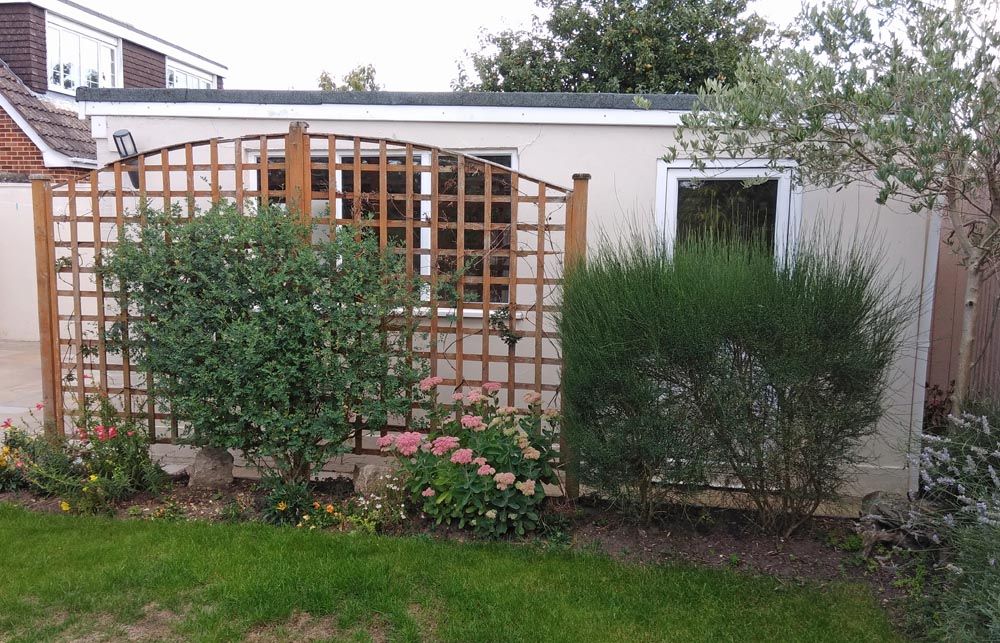
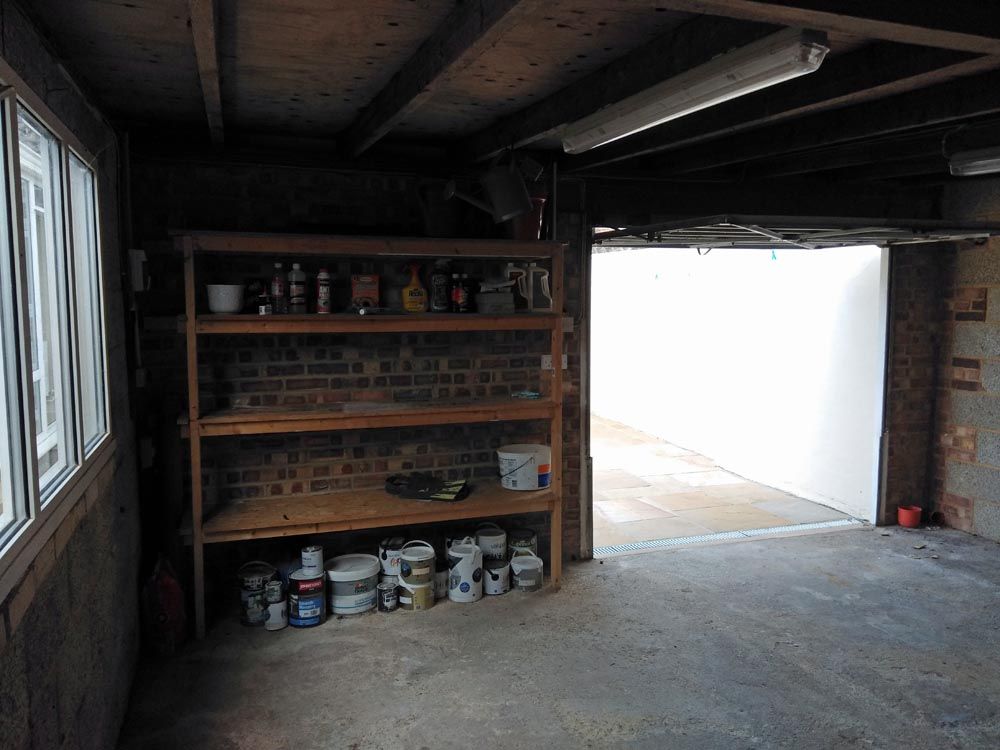
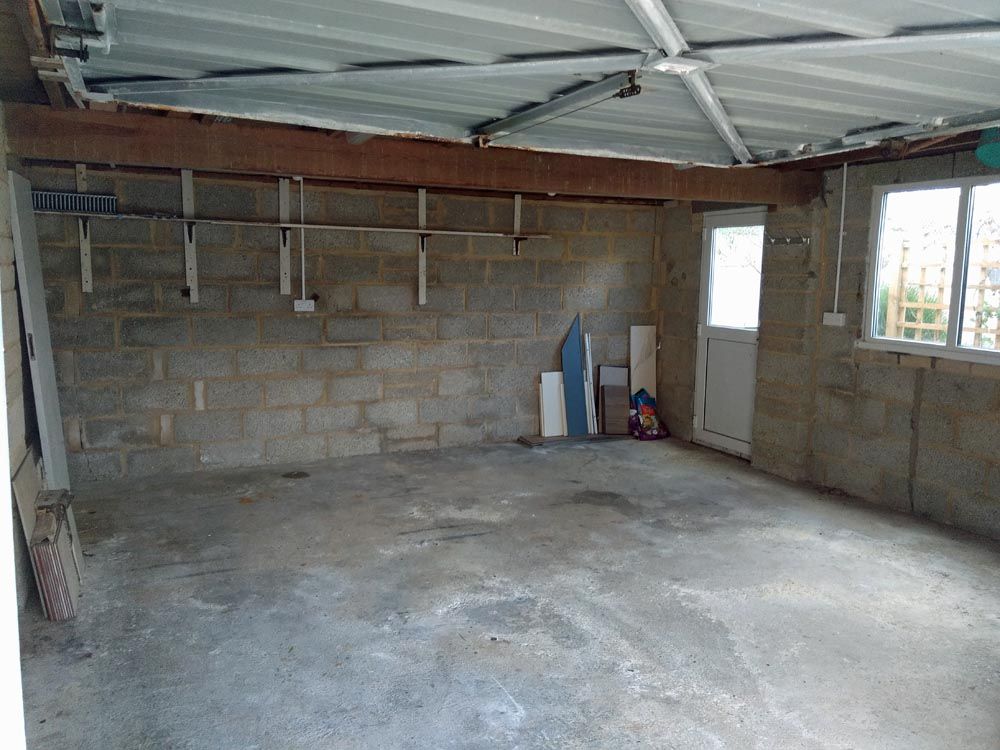
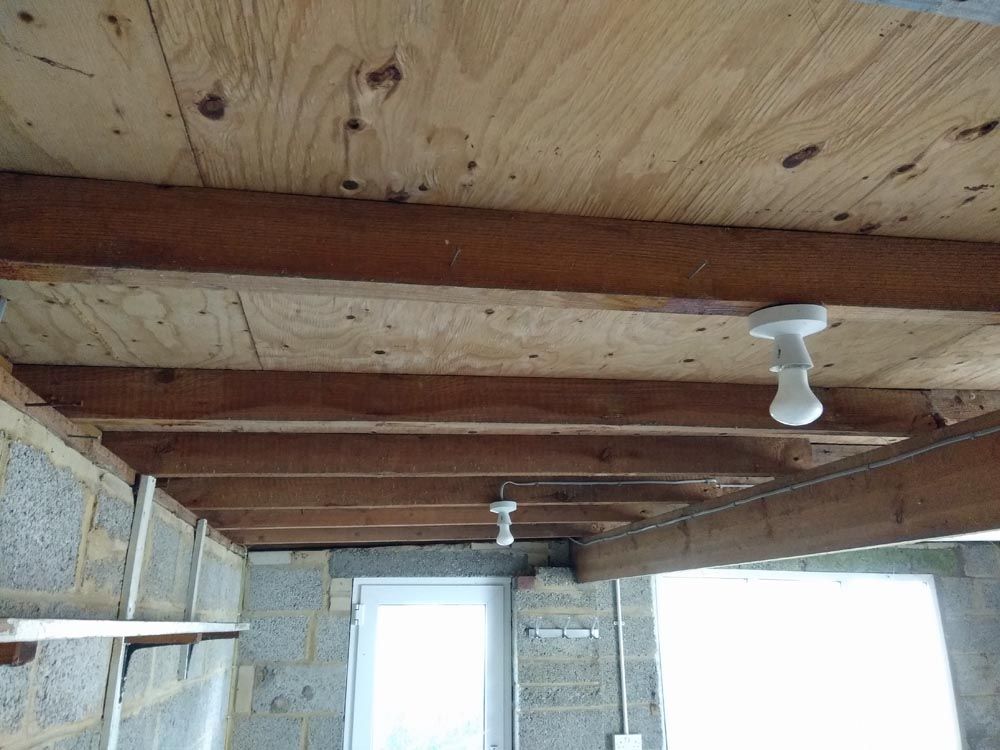

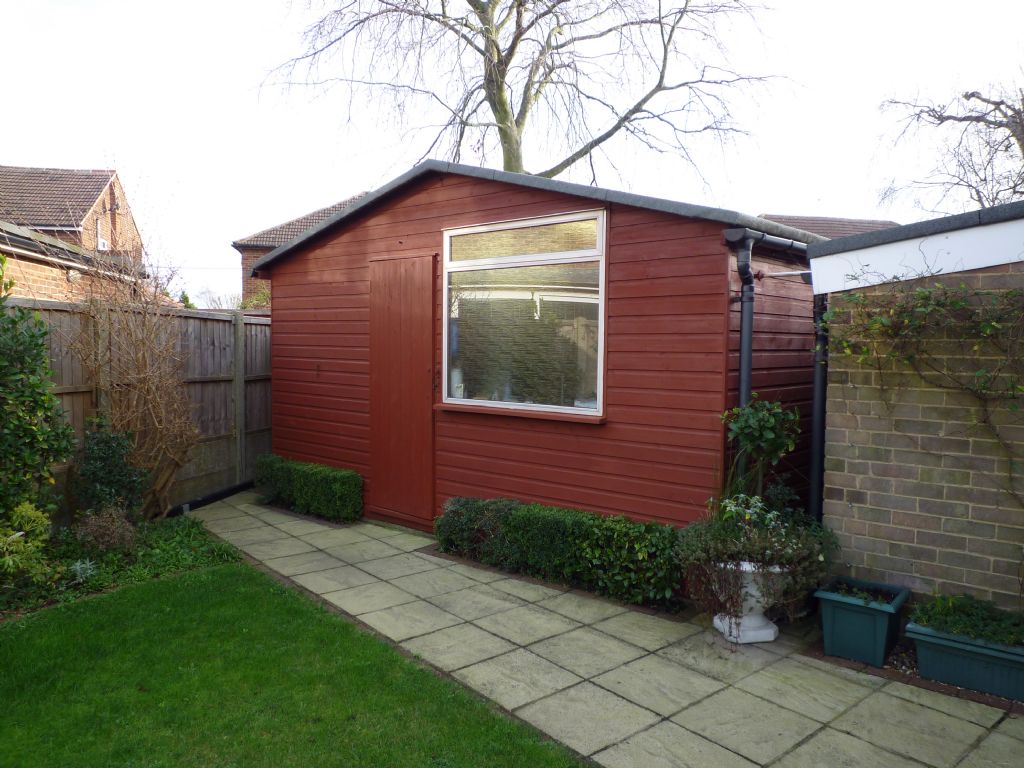









 Register
Register Log-in
Log-in


